The Los Angeles Dodgers made a quiet but calculated move before their September 27, 2025, game at T-Mobile Park, recalling veteran left-hander Andrew Heaney from Triple-A and sending down promising right-hander Will Klein. It wasn’t a flashy transaction — no trade, no blockbuster announcement — but in the final days of a season where playoff seeding is already locked in, every roster decision carries weight. Heaney, 34, was brought up to add depth and experience to a pitching staff that’s been stretched thin by injuries and inconsistent relief outings. Klein, 25, had been a surprise bright spot in September, yet the Dodgers chose to prioritize a pitcher who can eat innings and, more importantly, qualify for postseason play.
Heaney’s Comeback Story: From Release to Relevance
Andrew Heaney didn’t just slip into the Dodgers’ organization — he clawed his way in. After being released by the Pittsburgh Pirates on August 29, 2025, with a 5-10 record and a 5.39 ERA, he signed a minor league deal with Los Angeles on September 1 — just hours before the noon Eastern deadline that made him eligible for October. He didn’t waste time. In four starts for the Oklahoma City Comets, he posted a 0.90 ERA over 10 innings, striking out 13 batters. His command was sharp. His sinker, still effective at 91 mph, kept hitters off balance. He’s been here before: 2022 with the Dodgers, where he went 4-4 with a 3.10 ERA and 110 strikeouts in 72.2 innings. Now, he’s back, not as a starter, but as a long-relief option — someone who can take the heat in the seventh or eighth inning during a low-leverage game, saving the bullpen for the real drama.His career? 56 wins, 72 losses, 4.55 ERA across 229 games. Six teams. Twelve seasons. He’s not a star anymore, but he’s a professional who knows how to pitch under pressure. And in October, that matters more than stats.
Will Klein: The Quiet Rookie Who Won’t Go Quietly
Will Klein was supposed to be a depth piece. Acquired in June 2025 in a trade that sent Joe Jacques to the Seattle Mariners, Klein was a low-risk, high-upside arm. But he turned into something more. In 14 appearances this season, he’s posted a 2.35 ERA and 1.57 WHIP. In his last four outings — all since September 19 — he threw 4.2 scoreless innings, allowed two hits, walked one, and struck out six. His most recent outing, on September 26 at T-Mobile Park, came in a bullpen game after Emmet Sheehan’s short start. He threw 30 pitches, retired five of six batters, and didn’t flinch. His velocity dipped slightly from the night before, but his command held. That’s the kind of composure teams look for in October.His demotion doesn’t mean he’s out of the picture. Far from it. With right-handed relievers like Michael Kopech and Nick Frasso sidelined by injury, Klein is one of the few reliable arms left. The Dodgers didn’t cut him loose — they just needed a 40-man roster spot. He’s still on the 40-man. He’s still eligible for the postseason roster. And if the bullpen cracks under pressure in the Wild Card Series, don’t be surprised if he’s called up before Game 1.
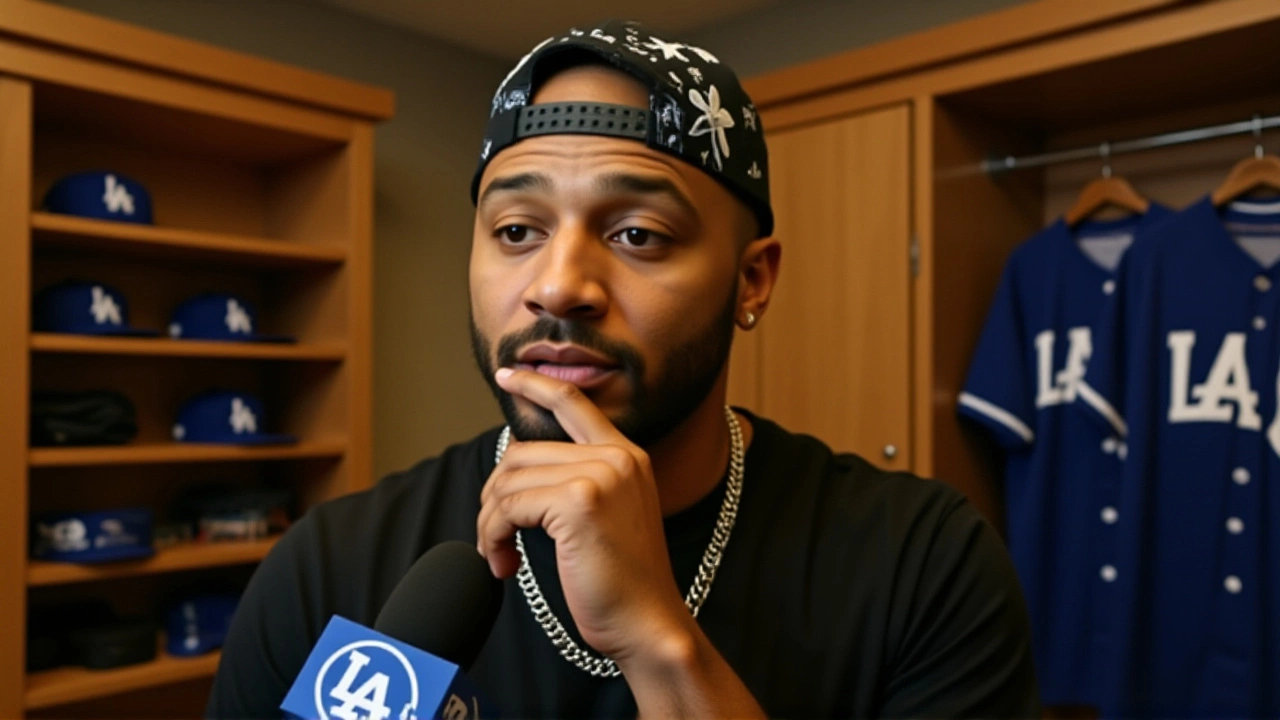
Why This Move Matters Beyond the Roster
The Dodgers are locked into the National League’s #3 seed. Their final two games against the Mariners are meaningless for standings. But they’re not meaningless for preparation. This is the time to test combinations, evaluate arms, and see who can handle the weight of October. Heaney’s addition gives them a pitcher who can go multiple innings — a luxury they haven’t had since Julio Urías was traded. Klein’s performance has shown they can trust a young arm in high-pressure moments, even if he’s not on the active roster right now.And then there’s Nick Frasso. To clear space for Heaney, the Dodgers transferred him to the 60-day injured list. Frasso, who accrued just two days of service time and collected $8,000 in prorated pay, was never going to pitch again this season. His placement was procedural — a necessary step to make room for someone who can actually help in October. It’s the kind of cold, calculated move that separates contenders from pretenders.
What’s Next? The Wild Card Series Looms
The Dodgers will host either the New York Mets or the Cincinnati Reds in the National League Wild Card Series, starting October 1 at Dodger Stadium. The matchup isn’t set yet — but the Dodgers’ pitching plan is starting to take shape. Heaney will likely be used in low-leverage, multi-inning relief. Klein? He’s on the bubble. If the bullpen falters in Game 1 or 2, he’s the next man up. And if the Dodgers advance? He’ll be in the mix for Game 3.Manager Dave Roberts hasn’t said much publicly, but insiders say he’s been impressed by Klein’s poise. “He doesn’t look like a guy who’s ever been nervous on the mound,” one coach told reporters. That’s the kind of thing that gets you a postseason roster spot — even if you’re technically optioned.
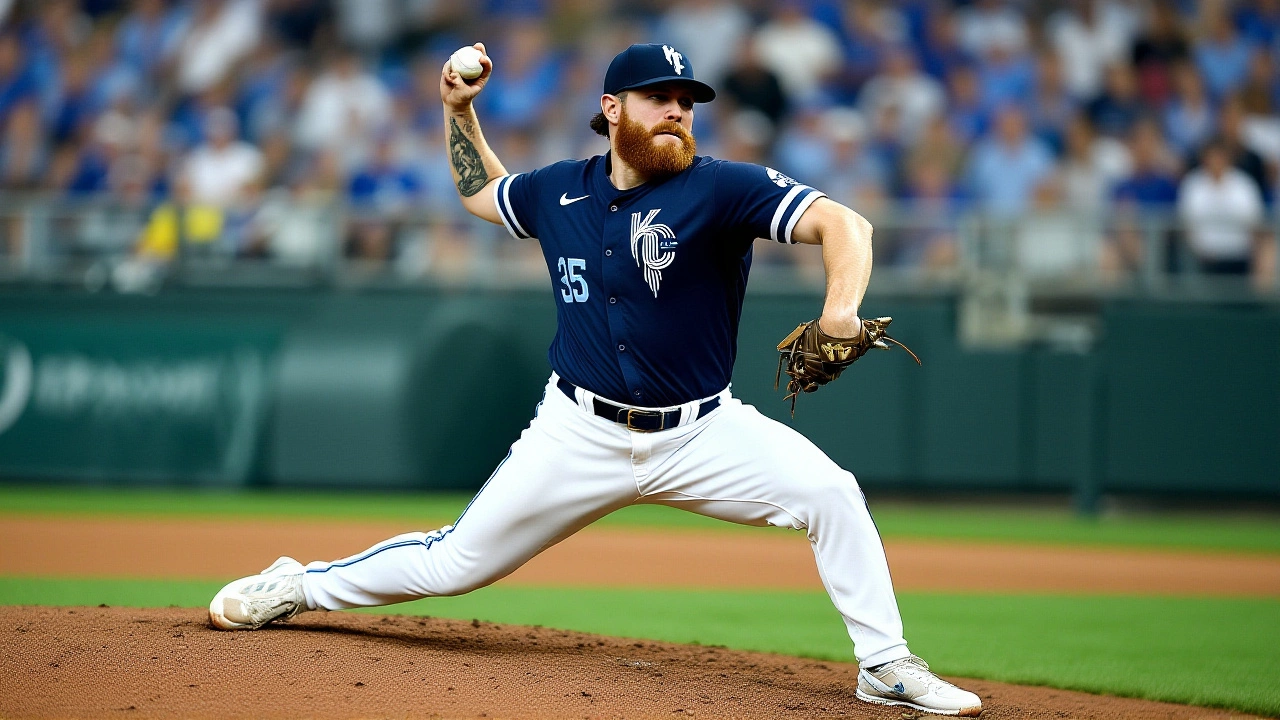
Historical Context: Veterans and Rookie Arms in October
This isn’t the first time a veteran has been re-signed for postseason eligibility. In 2021, the Dodgers brought back Clayton Kershaw from a brief DL stint to qualify for the playoffs. In 2018, they recalled Rich Hill in September after a minor league rehab — and he pitched 4.2 scoreless innings in the World Series. Heaney’s path mirrors those moves: low-cost, high-reward, timed perfectly.Meanwhile, Klein’s rise echoes the story of Blake Treinen in 2017 or Ryan Brasier in 2018 — unheralded relievers who emerged in September and became indispensable in October. The Dodgers have a history of finding hidden gems in the final weeks. Klein might be the next one.
Frequently Asked Questions
Why was Andrew Heaney eligible for the postseason only after signing on September 1?
MLB rules require players to be on a 40-man roster or signed to a major league contract by 5 p.m. Eastern Time on September 1 to be eligible for postseason play. Heaney signed his minor league deal on September 1 — just in time — and was called up before the deadline for roster adjustments. Had he signed a day later, he’d have been ineligible, even if he’d been pitching well.
Does Will Klein still have a chance to make the postseason roster?
Yes. Though optioned, Klein remains on the 40-man roster and is eligible to be recalled at any time before the Wild Card Series begins. With injuries to Kopech and Frasso, and the lack of reliable right-handed relief, the Dodgers are likely to promote him if the bullpen shows strain in early playoff games. His September performance makes him a strong candidate.
What role will Andrew Heaney play in the Wild Card Series?
Heaney is expected to serve as a long-relief option, capable of pitching 2–3 innings in low-leverage situations. This allows the Dodgers to preserve their high-leverage relievers like Evan Phillips and Daniel Hudson for critical moments. His ability to eat innings could be crucial in a potential Game 3 if the series goes the distance.
Why transfer Nick Frasso to the 60-day IL instead of just removing him from the roster?
Transferring Frasso to the 60-day injured list frees up a spot on the 40-man roster without requiring a waiver or designation for assignment. Since he’s not expected to return this season, this move is purely administrative — it allows the Dodgers to add Heaney while keeping Frasso’s contract intact for next year. It’s a common tactic used by contending teams to manage roster flexibility.
How does this affect the Dodgers’ chances in the playoffs?
It improves their depth. Heaney adds a veteran arm who can stabilize innings, while Klein’s emergence gives them a reliable right-handed option they didn’t have before. With a strong offense and a deep bullpen, the Dodgers are now better equipped to handle the unpredictable nature of a short series. Their postseason odds didn’t skyrocket — but they got a little more resilient.
Is this move a sign the Dodgers are rebuilding their bullpen for next year?
Not exactly. This is about winning now. But Klein’s performance could influence future decisions. If he thrives in October, he’ll be a core piece in 2026. Heaney, meanwhile, is likely a one-year stopgap — his contract is minor league with no guaranteed money for next season. The Dodgers are using this moment to evaluate who belongs in their long-term plans.
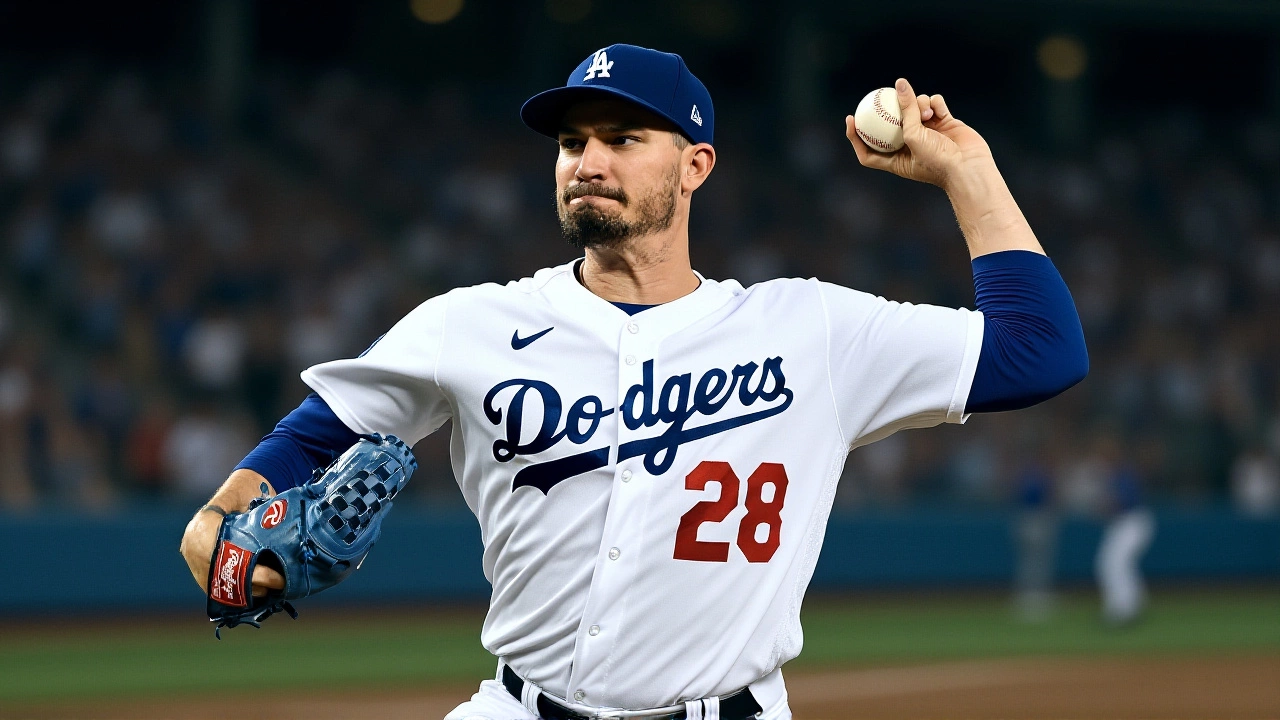
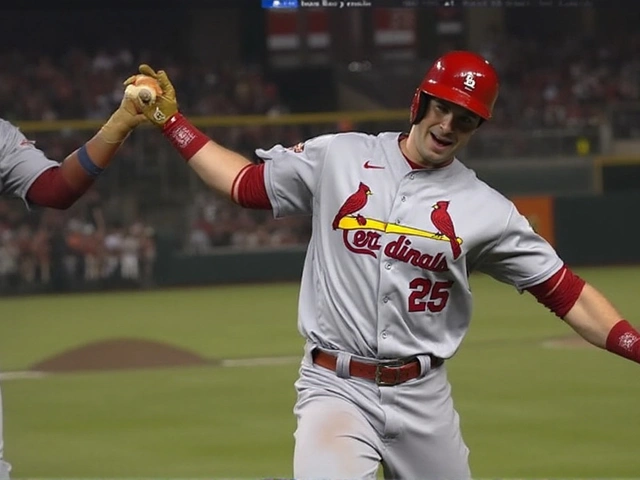
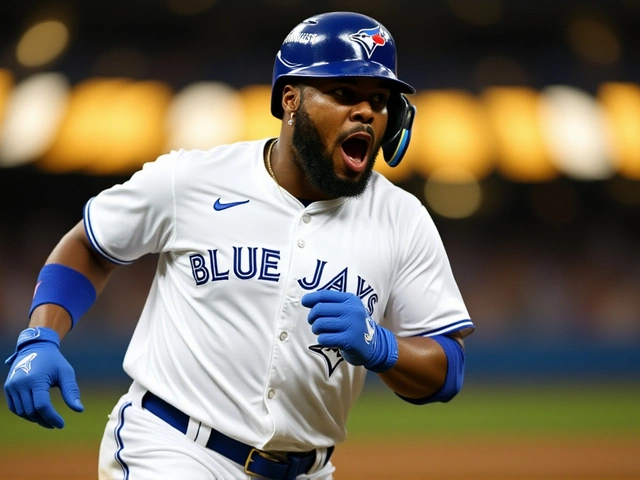
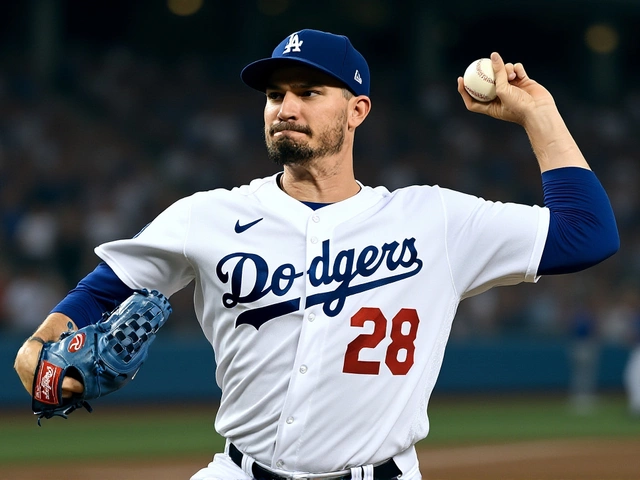

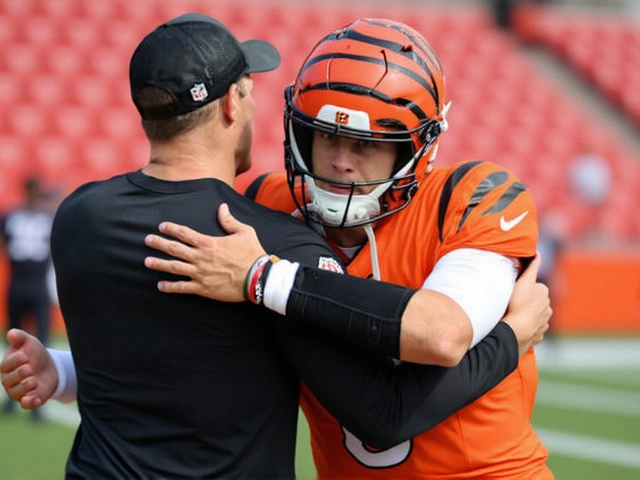
Archer Elmsley
I am a seasoned journalist with over two decades of experience writing about daily news in the United States. My passion for uncovering the truth and presenting it in an engaging manner drives my work every day. I believe in the power of information and strive to keep my readers informed with well-researched articles. When I'm not working, I enjoy exploring the great outdoors and capturing moments through my lens.
view all posts